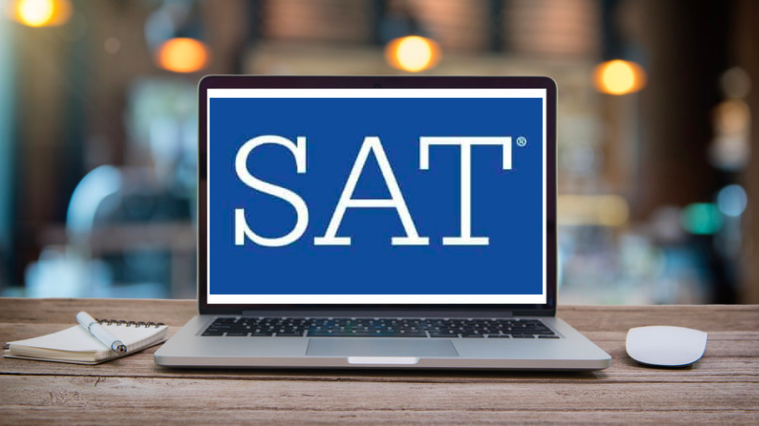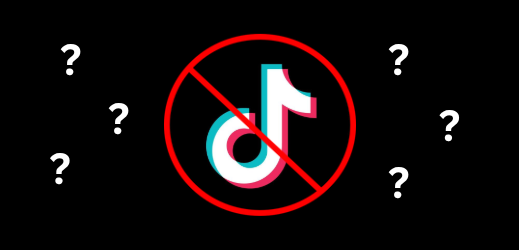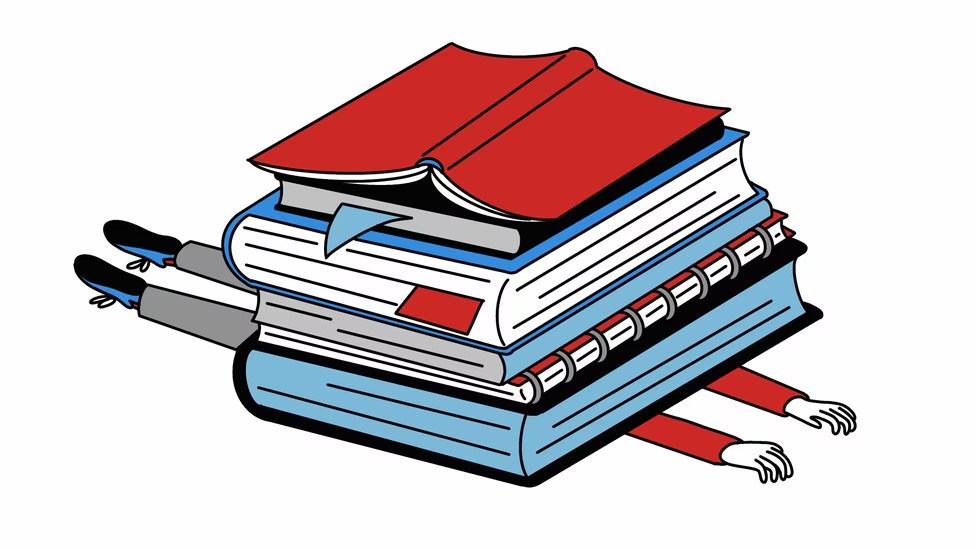On March 9th, the SAT, an exam dreaded by high schoolers and decent human beings alike, was administered for the first time through a friendlier and more familiar testing format across the nation: online.
The College Board’s ditching of the traditional paper format and embrace of the digital age has undeniably improved several aspects of the testing experience. For instance, an optionally displayed timer on the screen permits students to pace themselves, and clicking a button replaces the tedious and time-consuming process of jotting down answers on a scantron.
Although the digital version eliminates a few of the technical inconveniences of the prior format, the consensus of the students who took this new version isn’t as optimistic. The newly digitized test employs adaptive learning, a computer algorithm that modifies the difficulty of question sections based on a student’s performance in prior question sets.
Thus, students who perform well are burdened with more challenging questions as the test progresses, and students who perform poorly are given easier problems. The College Board implemented this new radical aspect to understand students’ academic capabilities and offer questions appropriate for their educational level to determine their scholastic aptitude accurately.
While this feature allows students with educational gaps and weaker academic abilities to perform better than they would on the traditional test version, students with stronger academic foundations are severely disadvantaged as they become inundated with challenging and complex problems after excelling at the preliminary question sections, leading them to risk receiving lower scores.
It is many academically inclined students experience that the math section was particularly maddening, for the countless complex equations, whose difficulty was unprecedented according to several students who have taken the practice tests, required time-consuming multi-step solutions, which is a difficult feat considering the math section’s absurdly short time frame.
Students who have previously done well on the SAT report severe reductions in their scores on the digital version, and conversely, struggling students report better scores, which leads to my biggest problem with the new format: it is an unreliable measurement and unfair reading of a student’s academic aptitude. The personalization of the educational assessment and its difficulty strips the SAT of its standardization and thus cannot accurately inform colleges whether or not students are prepared for their coursework.
Therefore, as students encounter grueling questions on the SAT, the College Board faces its own set of problems: should it return to the traditional format or embrace a version that sullies an already disliked test?




















